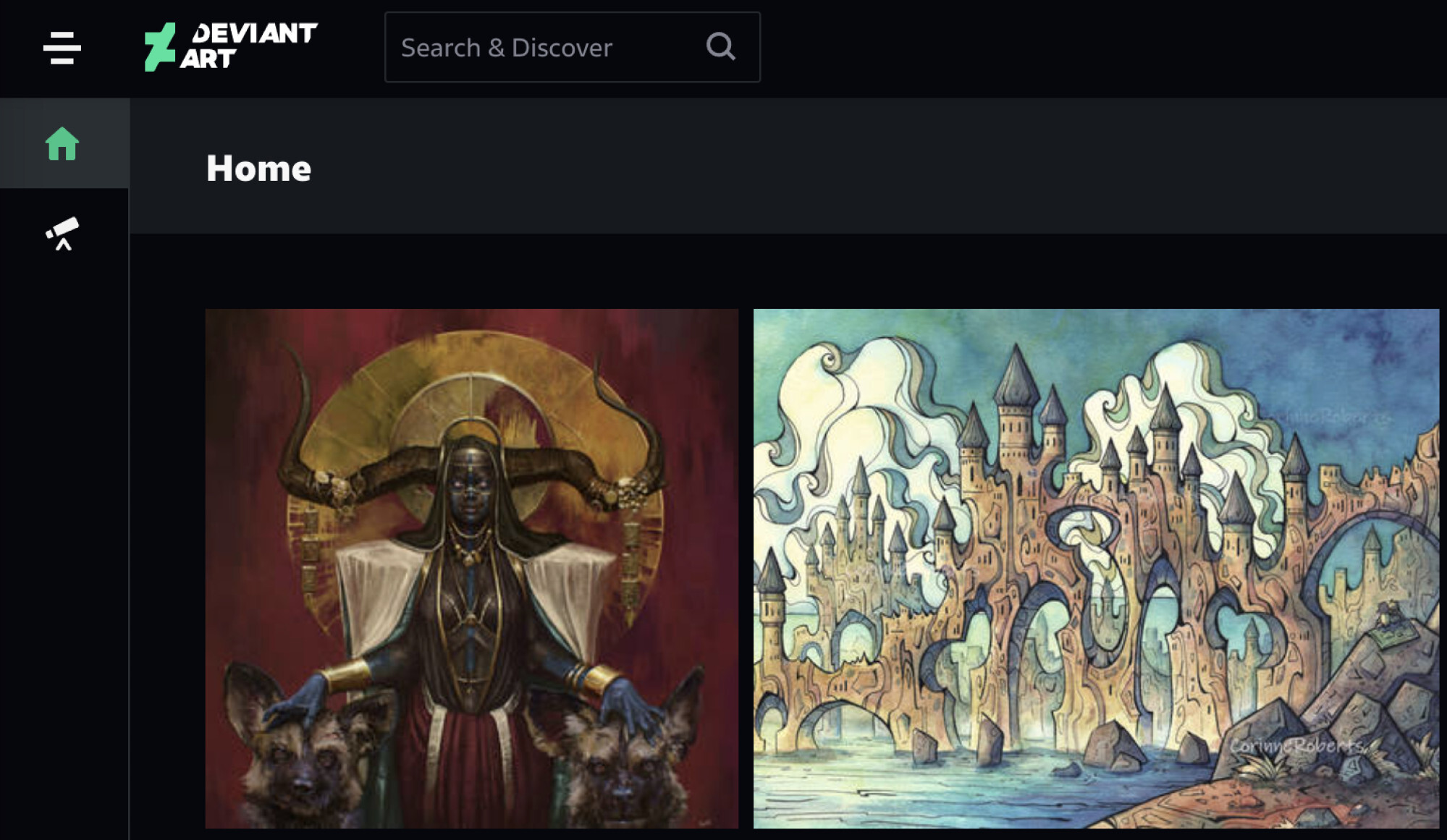
Could your NFT be of a stolen artwork? Why the digital market is driving theft on a ‘mind-blowing’ scale
- NFT sales soared past US$24.9 billion in 2021, compared to under US$95 million in 2020 – but that has coincided with a massive uptick in art fraud, say insiders
- On some NFT marketplaces, anyone can create an NFT without showing proof of owning the image. ‘It’s just gambling,’ says one artist
Before he died in 2019, Dan Howard was a concept artist, working with major video game companies and posting his drawings online, where he had amassed a loyal fan base.
“We felt like we’d been the victim of a hi-tech grave robbery,” says his brother, Donovan, in a phone interview.
Donovan emailed OpenSea, the NFT marketplace where his brother’s work was posted, and the platform removed the auction a few days later – but within weeks, more images were up for sale.

“We felt helpless,” says Donovan, who is still waiting for OpenSea to take down the latest forgeries.
A spokesman from OpenSea says: “It is against our policy to sell NFTs using plagiarised content, which we regularly enforce in various ways, including delisting and, in some instances, banning accounts.” OpenSea did not respond to requests for comment on Howard’s case specifically.
Metaverse, NFT gain traction in China as ‘digital collectibles’
The NFT market has exploded over the past year, with NFT sales soaring past US$24.9 billion in 2021, compared to just under US$95 million the year before, according to market tracker DappRadar.
That boom has coincided with a massive uptick in fraud, says Moti Levy, chief operations officer at DeviantArt, an online platform with 61 million registered users where artists can display digital art and sell physical prints.

On some NFT marketplaces, anyone can upload any image, create an NFT linked to that art and put it up for sale, all without having to show any proof they own the original image.
DeviantArt is now scanning various blockchains for potential instances of that kind of fraud. It has flagged more than 90,000 since it started scanning in September, with its alerts for NFT infringements jumping more than 10-fold in the first three months alone.
While Levy thinks NFTs can be a useful tool for artists to sell and exchange their work, the technology is also driving art theft on a “mind-blowing” scale, he says.

The NFT boom has divided visual artists. Some see selling NFTs as a way to exert more control over their art and find new audiences, while others say the industry is too saturated by scammers and too often rewards viral art of low quality.
“Anyone can take someone else’s image and upload it as an NFT, hoping it’ll sell,” says RJ Palmer, an artist in California whose work is regularly turned into NFTs without his permission. “The art never matters – it’s just gambling.”
Aaron Ferguson, an artist in Canada, disagrees, saying that selling NFTs of his work has jump-started his career – he was recently given a grant by Obscura, an artist collective that supports photographers in the NFT scene.
Can cartoon apes land these NFT owners a fortune?
The issues blamed on NFTs – fraud and the perfusion of low-quality art – have always existed in the art world, he says. “You can’t scapegoat NFTs,” he says, adding that he much prefers the NFT scene to posting images for free on websites like Facebook or Instagram.
NFT sales are proving quite lucrative for some artists, and the tokens can be coded in such a way that the original artist can be paid a royalty each time the NFT changes hands.

James Grimmelmann, a professor of digital law at Cornell Law School in Ithaca, New York, says as long as the NFT platforms are responding to complaints from copyright holders, they are operating within the law – even if scammers are running rampant.
Grimmelmann says NFT marketplaces are facing the same thorny issue that the older generation of internet platforms is still grappling with: how to fairly moderate online content at a massive scale.
“NFTs don’t solve this problem,” he says. “These platforms are just the latest to discover how hard that really is.”
